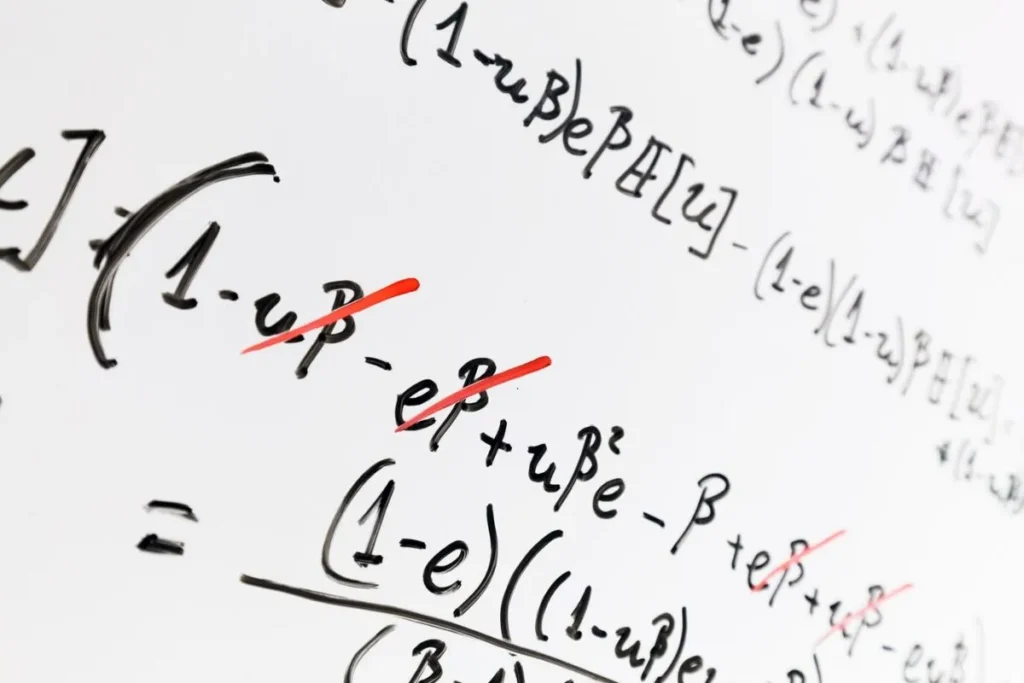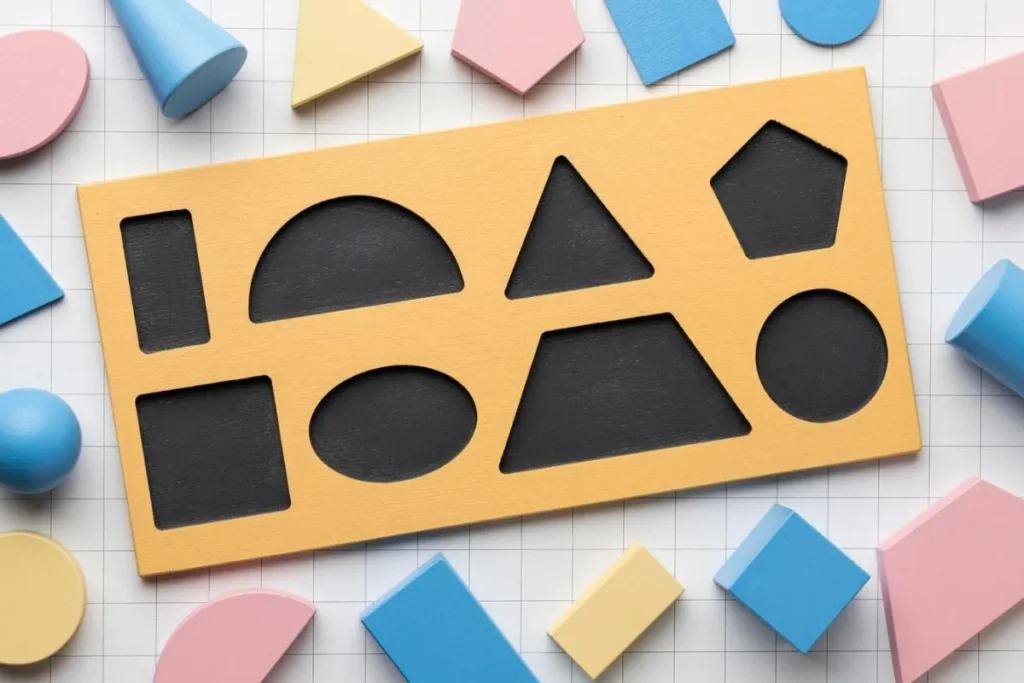Geometry in Modern Sculpture is a fascinating exploration of artistic techniques and expressions. Modern art has seamlessly integrated geometry to create abstract, unconventional forms.
This integration enhances the aesthetic appeal and conceptual depth. The use of geometric shapes and mathematical principles shapes a new dimension in sculpture.
The Influence of Geometry in Modern Sculpture
Geometry has always played a pivotal role in art and architecture. In modern sculpture, it brings harmony and balance. Artists often use geometric forms to explore spatial relationships and create visual interest.
Geometric shapes like spheres, cubes, and pyramids are frequently seen. They provide a foundation for abstract art. These shapes allow artists to play with light, shadow, and perspective.
Mathematical principles guide the proportions and symmetry. These principles help create visually compelling structures. By adhering to these rules, artists achieve a sense of order and beauty in their work.
Evolution of Geometric Techniques
Over decades, sculptors have refined geometric techniques. Initially, artists employed basic shapes.
Later, more complex forms emerged. This evolution was driven by advancements in mathematics and technology.
Techniques like CNC machining and 3D printing have revolutionized sculptural practices. These methods allow for precise and intricate designs.
Benefits of Using Geometry in Sculpture
There are numerous benefits of using geometry in modern sculpture. These benefits span aesthetic, structural, and conceptual dimensions.
Geometric shapes provide a sense of order and symmetry. They create visually pleasing and balanced sculptures.
From a structural standpoint, these shapes often have inherent stability. This stability is advantageous in large-scale installations.
Conceptually, geometry often imparts deeper meanings and interpretations. It can invoke themes of universality and existentialism.
Artistic Movements Embracing Geometry
Several artistic movements have embraced geometric principles. Movements like Cubism and Constructivism heavily rely on geometry. These movements have reshaped the way we perceive and create art.
Cubism deconstructs objects into geometric forms. It challenges traditional perspectives and realism. This approach allows for multiple viewpoints within a single image, creating a dynamic and fragmented visual experience.
Constructivism emphasizes the material and space. It uses abstract, geometric constructions. Artists in this movement focused on the functional and structural aspects of art, often incorporating industrial materials.
Abstract Art and Geometry
Abstract art extensively uses geometry. Artists like Piet Mondrian and Kazimir Malevich exemplify this integration.
Mondrian’s work features simple geometric shapes and primary colors. Malevich’s Suprematism focuses on basic geometric forms.
These artists paved the way for modern abstract sculptures. Their works inspire contemporary sculptors.
Contemporary Geometric Sculptors
Modern artists continue to explore geometry in modern sculpture. Contemporary sculptors like Anish Kapoor and Richard Serra incorporate geometric elements.
Kapoor’s works often feature smooth, reflective surfaces. They play with perceptions of form and space.
Serra, on the other hand, uses large steel plates. His works highlight the relationship between material, space, and viewer.
Sculptural Techniques and Mathematical Concepts
The use of mathematical concepts is integral to modern sculptural techniques. Artists often employ principles like the Golden Ratio. This principle creates aesthetically pleasing compositions that draw the viewer’s eye naturally.
The Fibonacci sequence also informs the structuring of their works. These principles ensure harmonious proportions. The sequence, found in nature, brings a sense of organic balance to the sculptures.
Modern sculptors leverage technology to enhance precision. CNC machining and 3D printing are commonly used techniques. These tools allow for intricate designs and reproducibility, pushing the boundaries of traditional sculpture.
Golden Ratio in Sculpture
The Golden Ratio has been a cornerstone in art and architecture. It creates aesthetically pleasing proportions.
Sculptors integrate this ratio to achieve balance. It is seen in everything from small pieces to monumental installations.
This mathematical principle guides the dimensions of their works. It enhances visual harmony.
Fibonacci Sequence and Spirals
The Fibonacci sequence often finds its way into modern sculpture. This sequence forms the basis of natural spirals.
Artists replicate these spirals in their works. They invoke themes of growth and natural patterns.
The sequence is used to create organic, flowing forms. It contrasts with the rigid precision of other geometric shapes.
Materials and Tools in Modern Geometric Sculpture
A variety of materials can be used in modern geometric sculpture. Metals, resins, and plastics are popular choices. Each material is selected for its unique properties and how it complements the sculptural design.
Each material offers unique properties. Metals provide strength and durability. They can be welded or cast into complex shapes, making them ideal for large, outdoor installations.
Resins and plastics offer flexibility and ease of manipulation. They are often used in conjunction with advanced sculptural techniques. These materials allow for detailed textures and forms that might be challenging with traditional materials.
Advanced Sculptural Techniques
Techniques like CNC machining carve out precise geometric shapes. This method uses computer-controlled tools.
3D printing allows for intricate designs. It builds sculptures layer by layer.
These techniques enable artists to push boundaries. They explore new forms and structures.
Impact of Technology on Sculptural Practices
Technology has profoundly impacted sculptural practices. It offers new ways to realize intricate designs.
Digital modeling software helps artists visualize their concepts. This software integrates mathematical principles.
Combined with 3D printing, it transforms the creative process. It allows for unprecedented precision and complexity.
Conclusion Insights
Incorporating geometry in modern sculpture has revolutionized the field of art. From enhancing aesthetic appeal to providing structural stability, the benefits are manifold.
Artistic movements and contemporary sculptors continue to push boundaries. They explore new forms and techniques.
As technology and mathematical concepts advance, the fusion of geometry and sculpture will undoubtedly evolve. This evolution promises exciting future developments.
Join us in appreciating the intricate beauty and profound depth of modern geometric sculptures. Discover, explore, and create with geometry.
Frequently Asked Questions
How does geometry influence modern sculpture?
Geometry introduces balance, symmetry, and aesthetic appeal. It also brings structural stability and deeper conceptual meanings.
What are some common geometric shapes in modern sculpture?
Common shapes include spheres, cubes, and pyramids. These shapes provide a foundation for abstract art.
How do modern sculptors incorporate mathematical principles?
They use principles like the Golden Ratio and Fibonacci sequence. These principles guide the proportions and dimensions of their works.
What is the role of technology in geometric sculpture?
Technology enables precise and intricate designs. Techniques like CNC machining and 3D printing are commonly used.
Who are notable contemporary geometric sculptors?
Artists like Anish Kapoor and Richard Serra are renowned for their use of geometric elements in sculpture.




